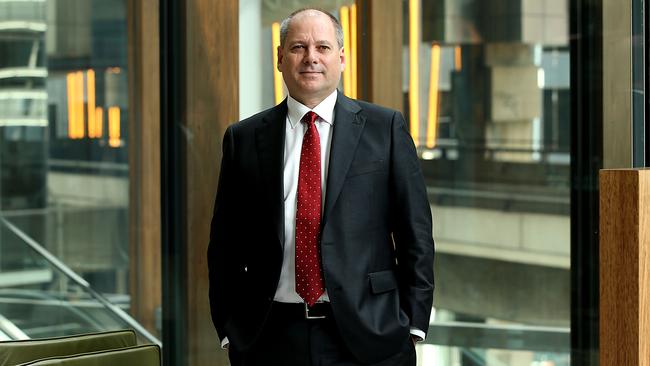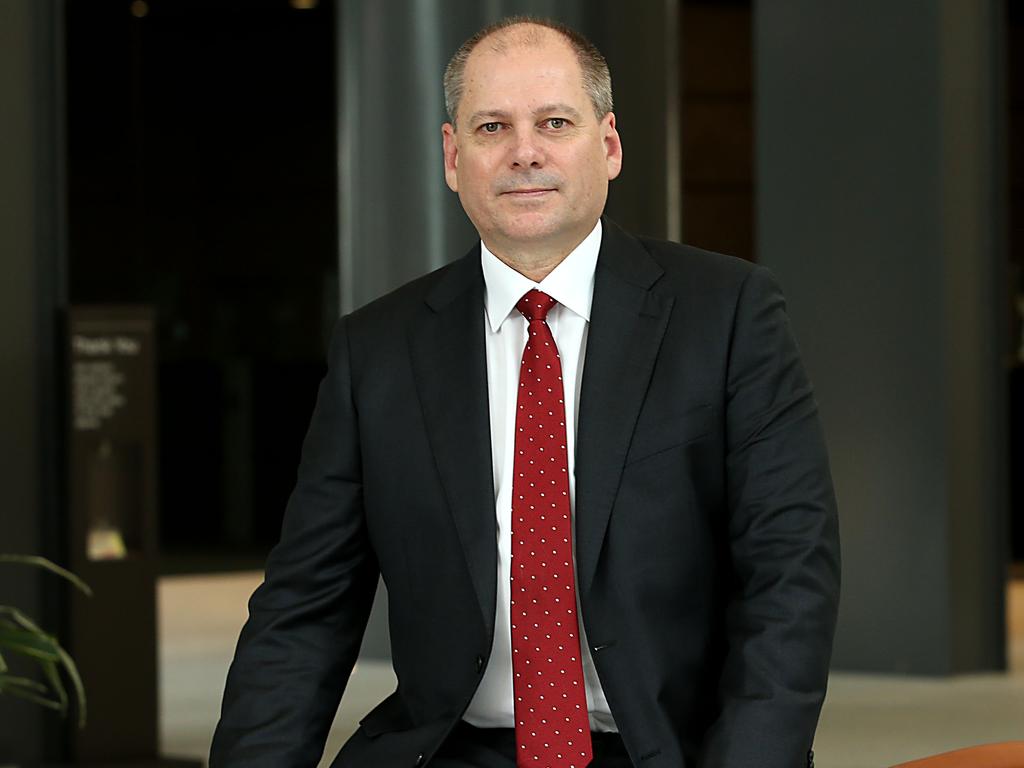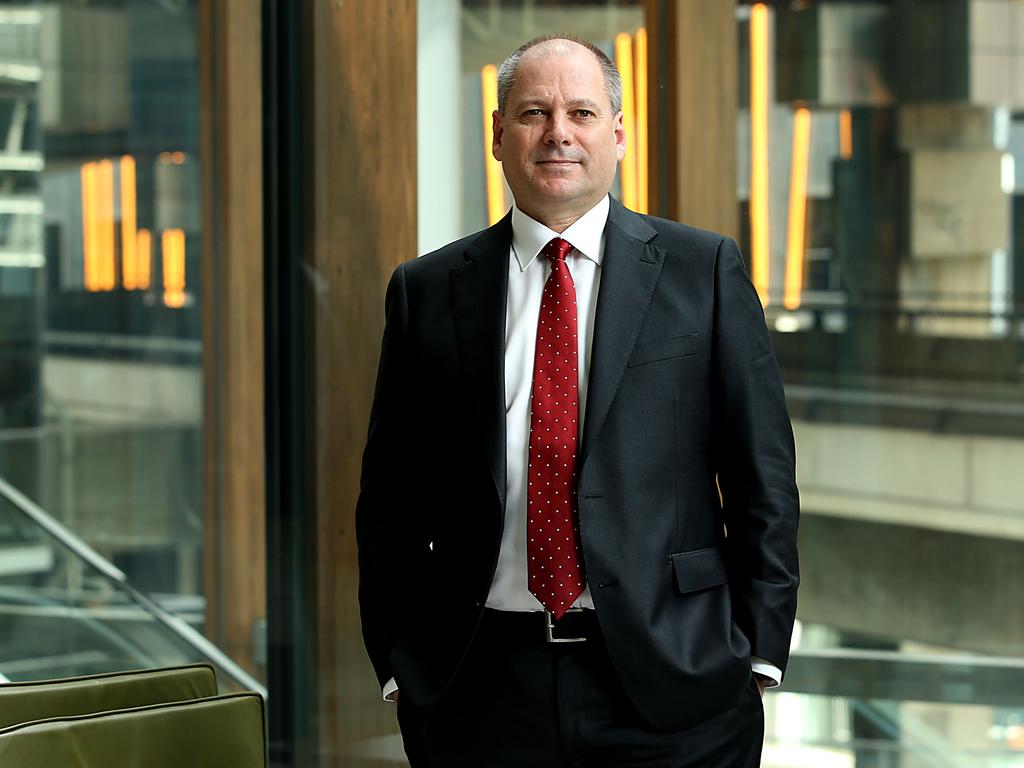Westpac’s crystal ball of 2015 had a few cracks
There are few better indicators of the seismic shift in banking than major-bank presentations from five years ago.

There are few better indicators of the seismic shift in banking than major-bank presentations from five years ago.
In 2015, Westpac’s then chief Brian Hartzer gazed into his crystal ball for a strategy update, predicting a 15 per cent-plus return on equity, a decline in the cost-to-income ratio from 42.5 per cent to less than 40 per cent, and a transformation of the business powered by technology.
So how did that go? Not quite as planned.
For a start, Mr Hartzer’s crystal ball failed to anticipate a global pandemic, or a seizure in Westpac’s risk management systems which cost the CEO his job and led to a $1.3bn Austrac penalty.
Even so, the 62 per cent slide in the bank’s 2020 cash profit to $2.61bn on Monday equated to a 7.7 per cent ROE excluding notable items — almost half Mr Hartzer’s line in the sand.
The cost-to-income ratio blew out to 51 per cent, also excluding a swag of one-offs.
As for technology enabling Westpac’s transition to one of the world’s great service companies, the nation’s second biggest lender is widely regarded as a technology laggard, years behind its peers.
Evans & Partners executive director Matthew Wilson said ANZ Bank, Commonwealth Bank and National Australia Bank appeared to be at least three to five years ahead of Westpac in cloud migration, consolidation and modernisation of their information technology systems, and franchise investment.
“Westpac has historically under-invested in IT and risk management,” Mr Wilson said.
“It starts this (current) change program well behind peers, in a difficult operating environment, and amid a wave of disruption — it must invest in the core and divest about seven non-core businesses.”
Strategic execution, he said, had to be “sharp”, with the bank confronting pressure on its net interest margin and a home-lending portfolio which has retreated in each of the past two halves.
On top of that, it faced a new financial year with a $10.6bn cost base, with more investment needed before any costs were removed.
Westpac chief executive Peter King saw things differently. He conceded that 2020 was a challenging year, with a disappointing annual result due to higher impairment charges, increased notable items and the pandemic-induced recession.
“We have, however, continued to maintain the strength of the Westpac balance sheet,” Mr King said.
“We have also made important changes to the business, including introducing a new operating model, progressing the exit of several businesses, adding more than 400 people to our risk, compliance and financial crime team, and completing the appointments in my executive team.”
Mr Wilson said Westpac was on the right track but had a lot of work to do in the next two-to-three years.
“With five new external executive appointments (chief financial officer and heads of the institutional bank, information technology and retail and business banks) about to start at Westpac, the real change is about to begin in earnest,” he said.






